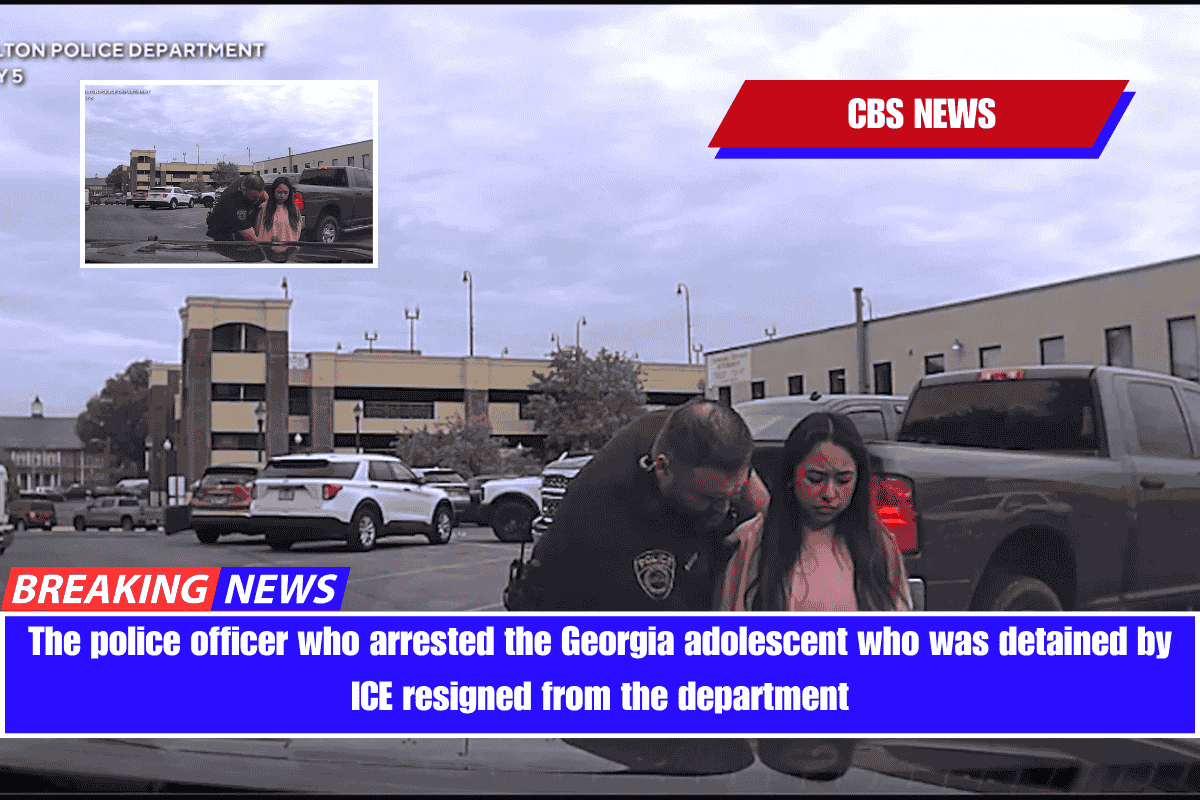A large number of measles cases are being missed by health authorities, according to a Centers for Disease Control and Prevention official on Tuesday, as the agency struggles to keep up with requests for assistance from states responding to outbreaks.
“We believe there are a significant number of cases that are not reported or underreported,” said Dr. David Sugerman, senior scientist for the CDC’s measles response this year.
Sugerman’s remarks at a meeting of the CDC’s Advisory Committee on Immunization Practices on Tuesday are the first time the Trump administration has made a CDC official available to answer public questions about this year’s record measles outbreak.
More than 700 measles cases have been reported nationwide this year, making 2025 the second worst on record in decades. More than 560 of these incidents occurred in Texas.
“We are working very closely with our colleagues in Texas. When speaking with families, they may bring up previous cases that have recovered but never received testing, as well as other families who may have cases but have never sought treatment,” he explained.
Sugerman was questioned about the possibility that cases had spread more widely than officials suspected, following the deaths of three people — two unvaccinated children in Texas and one unvaccinated adult in New Mexico — linked to the region’s record outbreak.
According to the CDC, measles typically has a fatality rate of one to three deaths per 1,000 infected children, so the number of deaths this year suggests that far more cases are going uncounted.
“When one looks at the two deaths of school-aged children, and looks at the 41 cases that Lubbock has reported, where these cases I think are coming from, one comes up with a case fatality rate of about 4.8%, which is way above what we know that is the case fatality rate of measles,” according to Dr. Edwin Jose Asturias, one of the lawmakers.
Sugerman acknowledged that this results in an unusually high death rate in relation to the number of reported cases.
The West Texas outbreak is centered in a Mennonite community. Underreported measles cases are common in close-knit communities where people are less likely to seek medical attention when sick, he said.
“We do think there is under-testing, and therefore under-diagnosis and underreporting, which leads to a smaller denominator than likely,” according to Sugerman.
More than 90% of current cases are linked to the outbreak in Texas and neighboring states, he said. Genetic sequencing indicates that the Texas outbreak is related to outbreaks in Canada and Mexico among members of the “same close-knit community.”
Texas is deploying resources and personnel from other parts of its health department to combat the measles outbreak. The CDC is now “scraping to find the resources and personnel needed to provide support to Texas and other jurisdictions,” Sugerman said.
“There are numerous resource requests coming in, particularly from Texas. He stated that there are funding constraints due to the dissipation of COVID-19 funds.
The CDC previously sent a team of 15 to Texas last month to assist with the response. That team’s deployment ended on April 1, the same day Health and Human Services Secretary Robert F. Kennedy Jr. announced massive layoffs at the CDC and other health agencies.
The CDC’s original team included support from the agency’s National Institute of Occupational Safety and Health, or NIOSH, to assist health care facilities in finding ways to prevent the spread of the highly contagious virus through improved ventilation, Sugerman stated.
Kennedy’s layoffs resulted in the elimination of many agencies, including NIOSH. CBS News previously reported that several employees assigned to the CDC’s measles response had been laid off.
Sugerman announced that a new team of seven CDC responders will be deployed to Texas this week.
According to Sugerman, the CDC is looking into other ways to scale up the measles response, such as expanding testing for the virus through wastewater surveillance in Texas and New Mexico.
During COVID-19, the CDC collaborated with health departments to collect samples from sewer systems in order to identify undetected virus spread.
Health officials are concerned that the failure to stop ongoing measles outbreaks will cause the United States to lose its status as having eliminated endemic community spread of the virus. Sugerman predicted that the threshold would be crossed on January 20 of next year.
“We will be tracking duration, working closely with our state and local partners to ensure we don’t cross the 12-month threshold and preserve our elimination status with ongoing spring and summer travel and congregate events,” Sugerman told me.
Measles can be especially dangerous during pregnancy or early infancy, but no stillbirths or miscarriages have been reported in the current outbreak, he said. However, health officials dealt with “complicated exposures in hospitals” after pregnant women visited the hospital.
There has also been one case of congenital measles, in which a newborn contracted the virus from their mother. “That child has recovered,” he stated.
“A significant risk in pregnant women that can develop measles and go on to have preterm labor, complicated deliveries, and then infants that that can have negative outcomes,” according to him.


















Leave a Reply